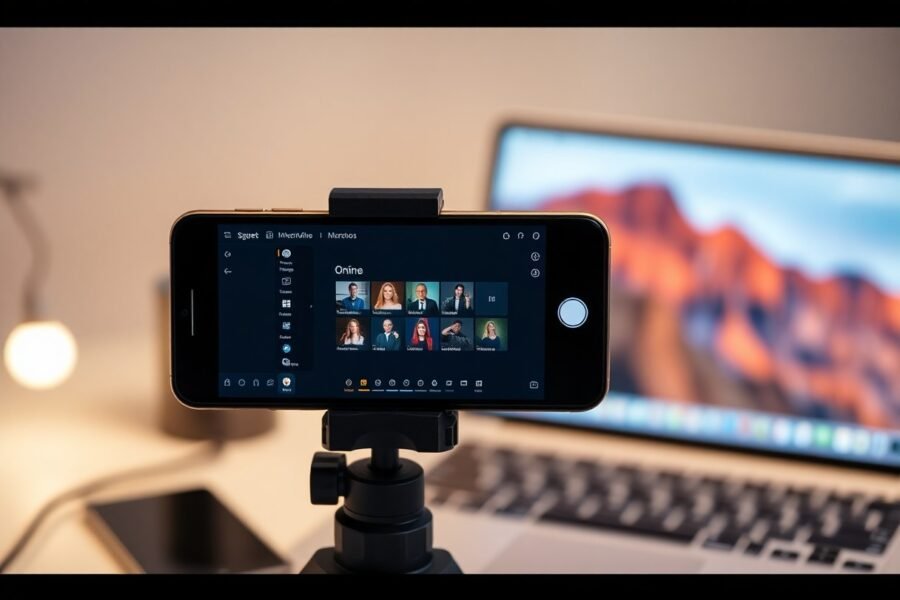Neglecting an extension cord might seem harmless, but it’s a common oversight that can lead to serious electrical hazards. Regular inspections are a simple yet critical step to protect your home, workplace, and equipment from potential dangers like fires and short circuits. Understanding when and how to check your cords ensures they remain safe and functional, giving you peace of mind whenever you plug something in.
Why Regular Extension Cord Checks are a Must
The importance of inspecting extension cords cannot be overstated. A faulty cord is not just an inconvenience; it’s a significant safety risk. According to the U.S. Consumer Product Safety Commission, extension cords are responsible for thousands of residential fires each year, often resulting in injuries and property damage.
Regular checks help you spot wear and tear before it becomes a critical failure. Catching issues like frayed insulation or loose connections early can prevent electrical shocks, short circuits, and dangerous overheating. This proactive approach is fundamental to maintaining a safe environment for your family or colleagues.
Furthermore, keeping your extension cords in good shape protects the devices plugged into them. A damaged cord can deliver inconsistent power, potentially harming sensitive electronics and reducing the lifespan of your valuable equipment. A simple monthly inspection is a small investment of time that offers a huge return in safety and equipment longevity.
How Often Should You Really Inspect Your Cords?
The ideal frequency for inspecting your extension cords depends heavily on how and where they are used. Not all situations are the same, and a cord used occasionally in an office has different needs than one used daily on a construction site.
For general household use, a thorough visual inspection once every three months is a good rule of thumb. However, for cords that see more frequent action or are used in high-traffic areas where they might get stepped on, a monthly check is much safer. The key is to be proactive.
Environmental factors also play a huge role. Cords used in harsh conditions require more frequent attention. For example, those exposed to moisture, extreme temperatures, or chemicals can degrade much faster.
| Usage Environment | Recommended Inspection Frequency |
|---|---|
| Indoor Home/Office Use (Infrequent) | Every 3-6 Months |
| High-Traffic Indoor Areas | Once a Month |
| Outdoor or Garage Use | Before Each Use & Monthly |
| Industrial/Construction Sites | Before Each Use |
A Simple Checklist for Spotting Damage
Performing a visual inspection doesn’t require any special tools and only takes a minute. Make it a habit to run through this simple checklist before plugging in a cord, especially if it has been in storage or is used in a demanding environment.
- Examine the Plugs and Connectors: Check both ends of the cord. Look for bent or missing prongs, cracks in the housing, or any signs of melting or burn marks. The connection should be firm, not loose.
- Inspect the Entire Cord Length: Run your hands (carefully, with the cord unplugged) along the entire length of the cord. Feel for any lumps, nicks, or cuts in the outer insulation. Look closely for any exposed wiring.
- Check for Flexibility: The cord should be flexible and not stiff or brittle. Insulation that has become hard or cracked is a sign of aging and degradation, increasing the risk of electrical failure.
- Verify the Grounding Pin: If the cord is a three-prong type, ensure the grounding pin is intact. Never remove the grounding pin to fit a two-prong outlet, as this disables a critical safety feature.
If you find any of these issues, the safest course of action is to stop using the cord immediately and replace it.
Beyond a Visual Check: Using a Multimeter
For those who want to be extra thorough, a multimeter can help you test for hidden problems that aren’t visible to the naked eye. This device can perform a continuity test to ensure the electrical circuit within the cord is complete.
A continuity test checks for breaks in the internal wires. A break means the electricity cannot flow correctly, which can cause the cord to fail or operate intermittently. By touching the multimeter probes to the corresponding prongs and slots at opposite ends of the cord, you can verify that the electrical path is unbroken. If the multimeter doesn’t signal continuity, the cord is faulty internally and should be discarded.
Smart Usage and Storage Tips to Extend Cord Life
How you use and store your extension cords has a direct impact on their lifespan and safety. Following a few best practices can prevent unnecessary damage and ensure your cords are ready when you need them.
Proper storage is key. Avoid tightly wrapping cords around objects or kinking them, as this can strain the internal wires. Instead, coil them loosely and store them in a cool, dry place away from direct sunlight. Using a cord reel or hanger is an excellent way to prevent tangles and damage.
When using a cord, always make sure it is rated for the power draw of the appliance you are connecting. Overloading an extension cord is a leading cause of electrical fires. Check the wattage rating on the cord’s label and ensure it exceeds the total wattage of the devices plugged into it. Also, never run cords under rugs or furniture, as this can cause them to overheat and creates a tripping hazard.
Understanding Safety Standards
Various organizations, like the Occupational Safety and Health Administration (OSHA), set standards for extension cord safety, particularly in workplace environments. These guidelines emphasize regular inspections and immediate removal of any damaged cords from service.
Manufacturers also provide specific instructions and safety warnings with their products. Always read the information that comes with your extension cord. It will often specify the intended use (e.g., indoor vs. outdoor), the maximum load, and other important safety details. Following these official recommendations is the best way to ensure you are using the product as intended and maintaining a safe electrical setup.
Frequently Asked Questions about Extension Cord Safety
What are the main signs that an extension cord needs to be replaced?
Look for any visible damage like frayed or cracked insulation, exposed wires, or burn marks on the plug. If the cord feels hot to the touch during use or if the plugs feel loose when connected, it’s time to replace it immediately.
Can I repair a damaged extension cord myself?
It is strongly recommended not to repair a damaged extension cord. Taping over frayed insulation is not a safe or permanent solution. A repaired cord may not meet safety standards and could create a serious fire or shock hazard.
Is it safe to plug multiple extension cords together?
No, you should never plug one extension cord into another, a practice known as “daisy-chaining.” Doing so can overload the circuit and create a significant fire risk. Use a single cord that is long enough to reach the outlet.
What is the difference between an indoor and an outdoor extension cord?
Outdoor extension cords are built with more durable insulation that is resistant to moisture, UV rays, and temperature changes. Using an indoor cord outdoors can cause the insulation to break down quickly, exposing live wires and creating a serious risk of electric shock.
Why should I avoid running extension cords under carpets?
Running a cord under a carpet or rug is a fire hazard for two reasons. First, it prevents heat from dissipating, which can cause the cord to overheat. Second, the cord can be damaged by foot traffic without you realizing it.









Leave a Comment